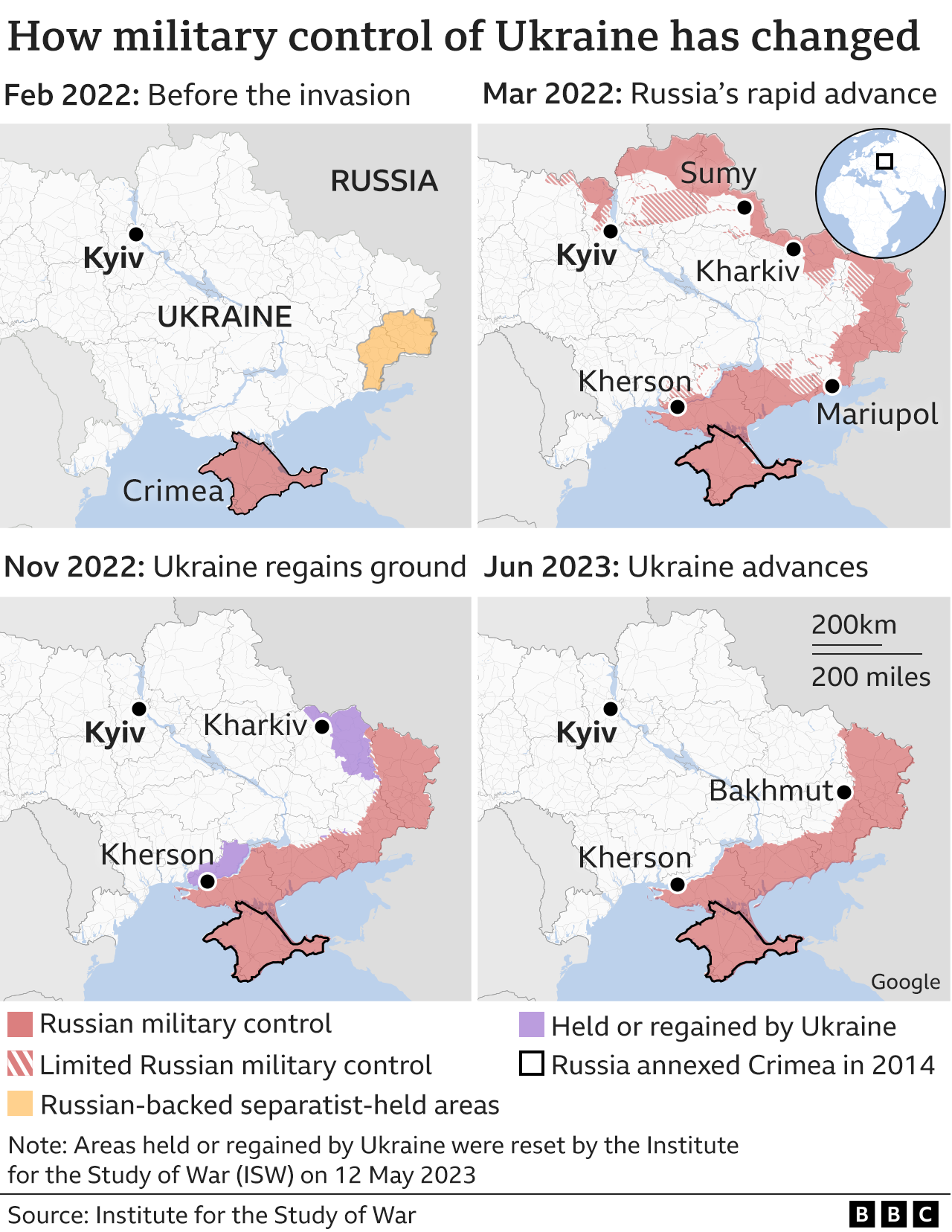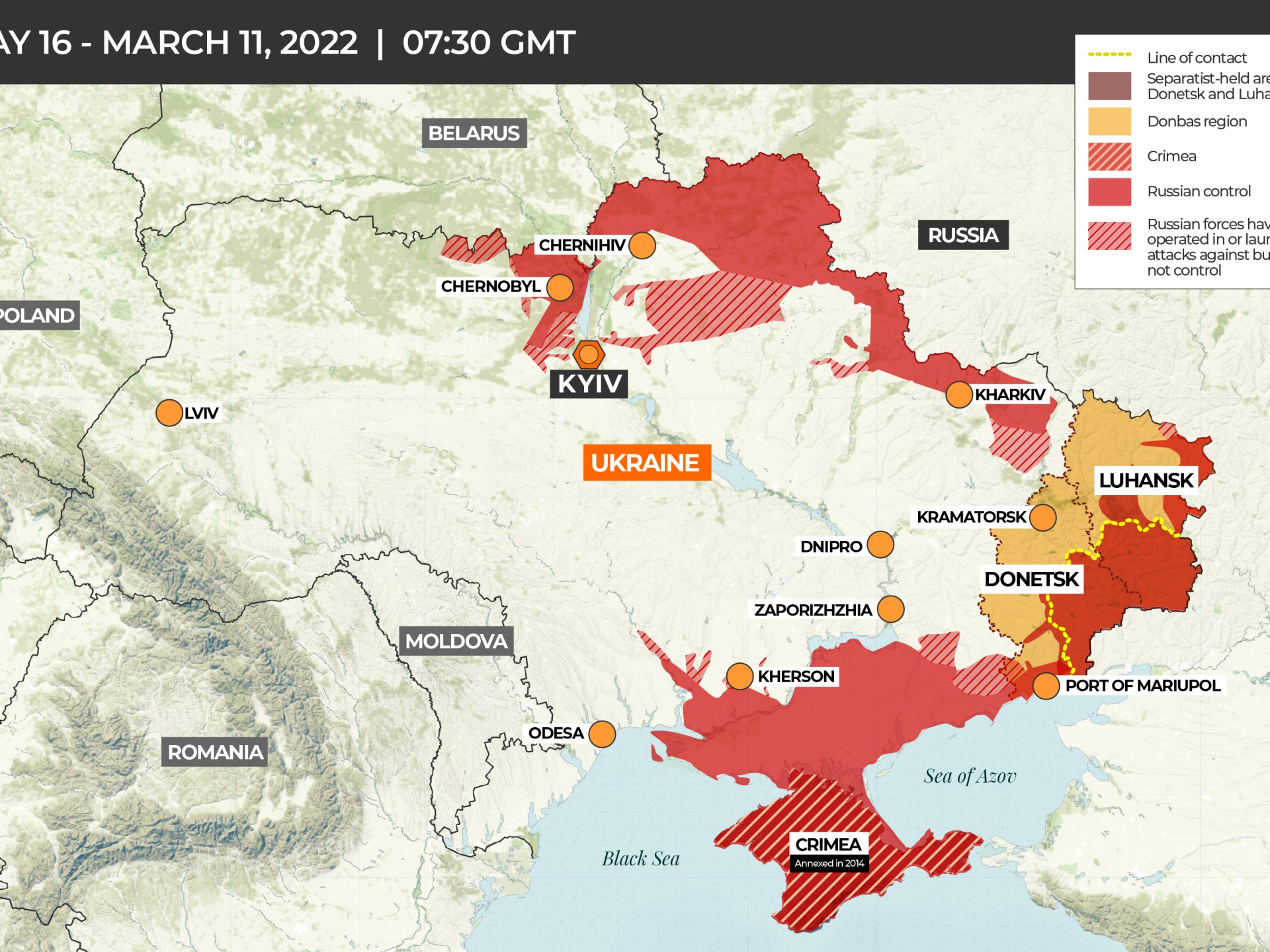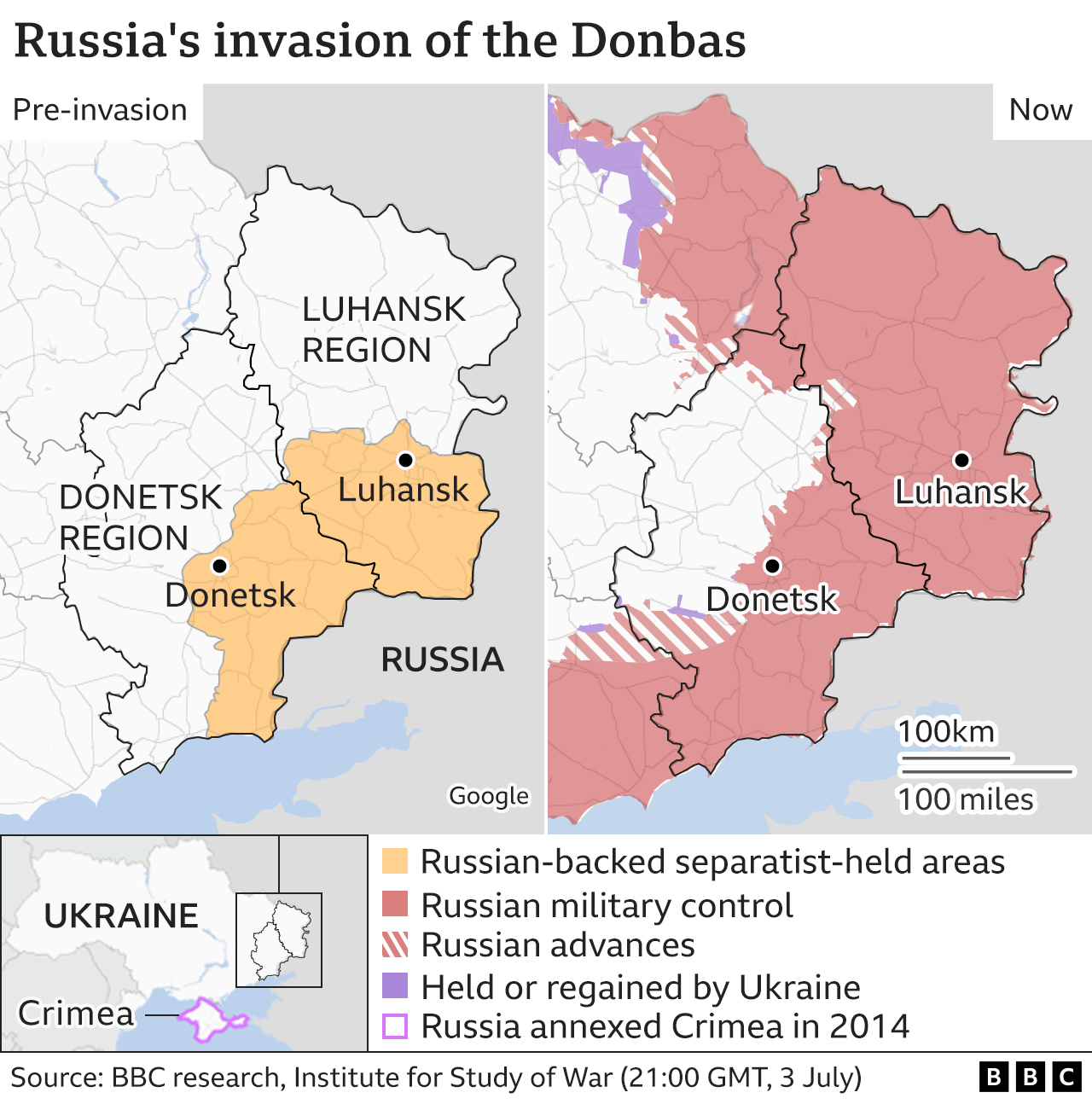Ever wondered how Twitter became a battlefield for the Russia Ukraine War map? Well, buckle up, because we're diving deep into this digital war zone. From live updates to heated debates, Twitter has transformed into the go-to platform for real-time information on the Russia Ukraine conflict. Whether you're a geopolitical enthusiast or just trying to stay informed, this article will break it all down for you.
When it comes to global conflicts, social media plays a massive role in shaping public perception. The Russia Ukraine war is no exception. Twitter, in particular, has emerged as a critical tool for both countries and independent observers to share information, often accompanied by maps that provide a clearer picture of the battlefield. So, why is this so important? Let’s find out.
This article isn’t just about the war itself—it’s about how Twitter has become an essential part of understanding the dynamics of the conflict. From breaking news to misinformation, we’ll explore everything you need to know about the Russia Ukraine war map on Twitter. Let’s get started, shall we?
- Hd Sexy Videos A Comprehensive Guide To Highdefinition Entertainment
- Camila Araujo Nudes Facts Misconceptions And The Truth Behind The Headlines
Why the Russia Ukraine War Map Matters on Twitter
Twitter isn’t just about memes and celebrity drama anymore. It’s now a hub for geopolitical updates, especially when it comes to the Russia Ukraine war. The Russia Ukraine war map on Twitter provides users with real-time insights into the conflict zones, troop movements, and key battlegrounds. This isn’t just about staying informed; it’s about understanding the bigger picture.
But why does the map matter so much? Well, maps help visualize the complexity of the war. They show us where the fighting is happening, which areas are under siege, and how the conflict is evolving over time. For many, this visual representation is crucial in grasping the scale and impact of the war.
Moreover, the Russia Ukraine war map on Twitter isn’t just about geography—it’s about strategy. Military analysts, journalists, and even regular users use these maps to predict future moves and assess the effectiveness of current strategies. It’s like a global chess game, and Twitter is the board.
- Courtney Savage The Rising Star In The Entertainment Industry
- Vegamovies Archive Your Ultimate Guide To Streaming Movies Online
How Twitter Became the War Room
Twitter’s role in the Russia Ukraine war isn’t limited to sharing maps. It’s become a virtual war room where governments, journalists, and citizens alike share updates, opinions, and analysis. This platform allows for instant communication, making it easier for people around the world to stay updated.
For instance, official government accounts from both Russia and Ukraine use Twitter to communicate their narratives. These accounts often share maps to support their claims, adding another layer of complexity to the information landscape. It’s not just about the facts anymore; it’s about whose version of the facts you believe.
And let’s not forget the power of hashtags. Hashtags like #RussiaUkraineWar and #WarMap have made it easier for users to find relevant content. They act as digital signposts, guiding users through the vast sea of information on Twitter.
The Role of Maps in Understanding the Conflict
Maps are more than just tools for navigation; they’re storytelling devices. In the context of the Russia Ukraine war, maps provide a narrative that words alone can’t convey. They show us the geography of conflict, the movement of troops, and the impact on civilian populations.
But maps aren’t just static images. They evolve as the conflict unfolds, reflecting the ever-changing dynamics on the ground. This evolution is what makes the Russia Ukraine war map on Twitter so valuable. It’s not just about where the war is happening; it’s about how it’s happening.
Moreover, maps on Twitter often come with additional context, such as timestamps, sources, and explanations. This context helps users understand the significance of the information being presented. It’s like having a guidebook for a complex geopolitical landscape.
Types of Maps Shared on Twitter
Not all maps are created equal. On Twitter, you’ll find a variety of maps that serve different purposes. Some focus on military movements, others on civilian displacement, and still others on infrastructure damage. Here are a few types you might encounter:
- Military Maps: These maps highlight troop movements, battlefronts, and key strategic locations.
- Civilian Impact Maps: These maps show areas affected by the conflict, including refugee routes and humanitarian aid distribution points.
- Geopolitical Maps: These maps provide a broader context, showing the international borders and alliances involved in the conflict.
Each type of map offers a unique perspective on the war, helping users piece together a more comprehensive understanding of the situation.
The Impact of Social Media on Global Conflicts
Social media has revolutionized the way we consume news, and the Russia Ukraine war is a prime example of this. Platforms like Twitter have democratized access to information, allowing anyone with an internet connection to follow the conflict in real time. But with great power comes great responsibility.
The impact of social media on global conflicts is twofold. On one hand, it provides unparalleled access to information. On the other hand, it can be a breeding ground for misinformation and propaganda. This duality makes navigating the digital landscape a challenging yet essential task for anyone trying to stay informed.
Twitter, in particular, has taken steps to combat misinformation. The platform has implemented policies to flag and remove false information, but the challenge remains. Users must be vigilant and critically evaluate the sources of the information they consume.
Fighting Misinformation on Twitter
Misinformation is a real threat in the digital age, and the Russia Ukraine war is no exception. From fake maps to fabricated reports, misleading information can spread like wildfire on Twitter. But there are ways to fight back.
First, always check the source. Is it a reputable news organization or a verified government account? Second, look for corroborating evidence. If multiple sources are reporting the same information, it’s more likely to be true. Finally, be skeptical of sensational headlines and dramatic claims. If it sounds too good—or too bad—to be true, it probably is.
Twitter itself encourages users to report suspicious content and provides resources to help identify misinformation. By staying informed and using these tools, we can all play a part in maintaining the integrity of the information shared on the platform.
Key Players on Twitter
When it comes to the Russia Ukraine war, there are several key players on Twitter. These include official government accounts, news organizations, and independent analysts. Each brings a unique perspective to the table, making the platform a rich source of information.
Official government accounts, such as those of the Ukrainian Ministry of Defense and the Russian Ministry of Defense, provide updates directly from the source. These accounts often share maps and other visual aids to support their claims, adding credibility to their narratives.
News organizations like CNN, BBC, and Al Jazeera also play a crucial role. They provide in-depth analysis and context, helping users understand the broader implications of the conflict. Independent analysts and journalists add another layer of insight, often sharing personal observations and expert opinions.
Twitter’s Influence on Public Opinion
Twitter’s influence on public opinion cannot be overstated. The platform allows users to engage with the news in ways that traditional media never could. Through likes, retweets, and comments, users can express their opinions and influence the conversation.
This engagement can have a significant impact on public perception. For example, a viral tweet about a particular aspect of the war can bring attention to an issue that might otherwise go unnoticed. Similarly, a well-timed map can shift the narrative in a particular direction.
However, this influence also comes with risks. The echo chamber effect can amplify certain viewpoints while silencing others, leading to a skewed understanding of the conflict. It’s important for users to seek out diverse perspectives and challenge their own biases.
Challenges and Opportunities
While Twitter offers many opportunities for staying informed about the Russia Ukraine war, it also presents several challenges. One of the biggest challenges is navigating the vast amount of information available. With so many tweets and maps to sift through, it can be overwhelming to find reliable sources.
Another challenge is the risk of misinformation. As mentioned earlier, false information can spread quickly on Twitter, making it difficult to discern fact from fiction. This is where critical thinking and media literacy come into play. Users must be equipped with the skills to evaluate the credibility of the information they consume.
Despite these challenges, Twitter also presents opportunities. The platform allows for direct communication between users and experts, fostering a sense of community and shared understanding. It also provides a space for underrepresented voices to be heard, adding richness to the conversation.
Tools and Resources for Staying Informed
There are several tools and resources available to help users stay informed about the Russia Ukraine war on Twitter. These include:
- Verified Accounts: Follow official government and news organization accounts for reliable updates.
- Fact-Checking Websites: Use sites like Snopes and FactCheck.org to verify the authenticity of information.
- Twitter Lists: Create custom lists of trusted accounts to streamline your news feed.
By utilizing these tools, users can stay informed without getting lost in the noise of the digital landscape.
Conclusion
Twitter has become an indispensable tool for understanding the Russia Ukraine war. From live updates to detailed maps, the platform provides users with real-time insights into the conflict. However, staying informed requires vigilance and critical thinking. By following verified accounts, using fact-checking resources, and engaging with diverse perspectives, users can navigate the digital landscape with confidence.
So, what’s next? Take action by sharing this article, following trusted accounts, and participating in the conversation. Together, we can ensure that the Russia Ukraine war map on Twitter remains a reliable source of information for all. Stay informed, stay engaged, and most importantly, stay critical.
- Miaz Girthmaster The Ultimate Guide To Understanding And Maximizing Your Potential
- Girthmaster And Miaz A Comprehensive Guide To Their Rise Impact And Legacy


